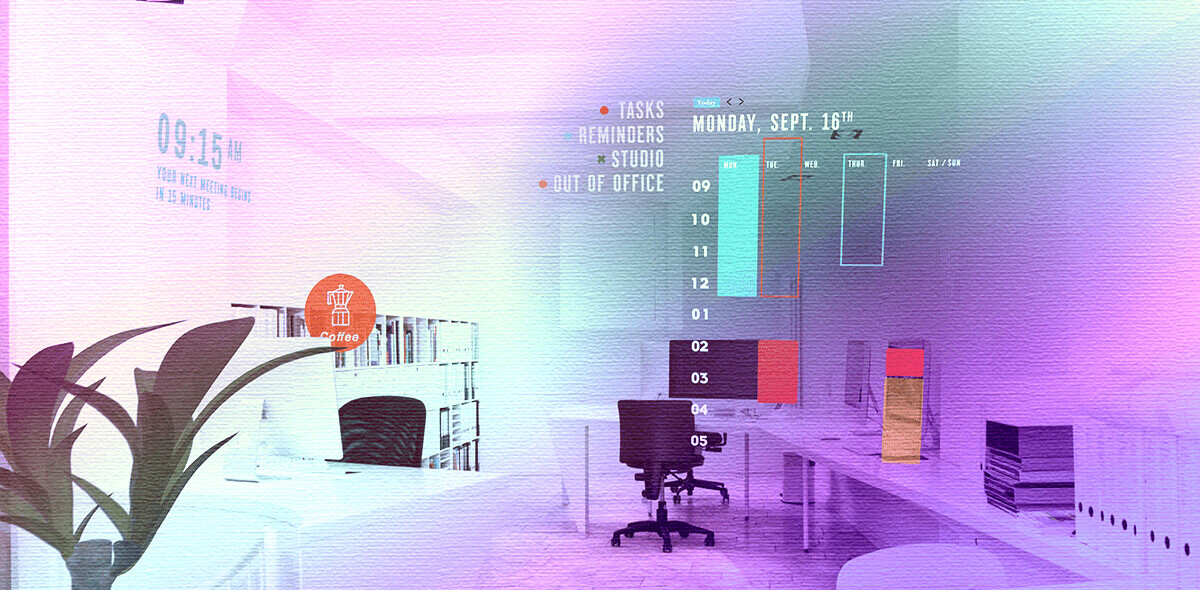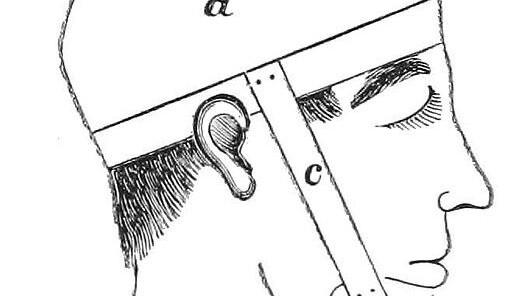
I don’t know what Donald Trump’s excuse is, but whenever I find myself tweeting something incoherent at around 3 in the mornings it’s usually because my husband’s snoring has woken me up, and continues at such jet-engine decibel levels as to quash any hope of me getting back to sleep.
While I’m not sure if Melania is a chronic snorer, I do know that the problem is quite common. So it’s hardly surprising we’ve seen a spike in what I like to call “SnoreTech” products, many of which are crowdfunded. Sleep deprivation will make you willing to try pretty much anything, and in those hours just before dawn things don’t seem quite as ludicrous as they might in the cold light of day, after your first cup of covfefe.
Over the years I must have tried every pseudo medicinal option drug stores have to offer – from throat sprays to Breathe Rights, mouth guards and nose cones. And I also worked my way through every conceivable variety of earplug known to man (and woman). Yet wearing earplugs every night – even the silicon ones which I found to be the most hygienic and comfortable kind – makes your ears sore, and they don’t filter out all the noise either, just the worst of it.
Which is why I regretted spending nearly £50 on a pair of ISOLATE titanium “noise cancelling” earplugs from Flare Audio which were specifically targeted (damn you clever Facebook ads algorithm!) at people struggling with snore issues. I don’t quite remember, but if figures that the Amazon order would have been placed sometime in the small hours of the morning, spurred by a mixture of despair and impaired judgment. I console myself with the fact that they at least look pretty cool, and I do take them traveling to filter out the worst of airplane noise during international flights.
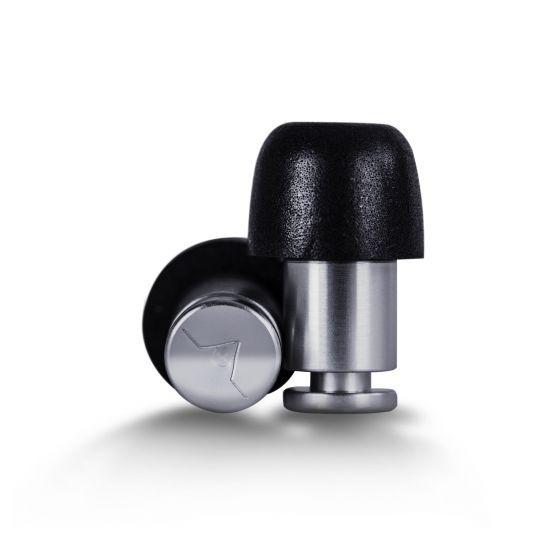
My husband’s dreadful snoring is linked to/exacerbated by Sleep Apnea, a very common condition which basically means that through your sleep cycle you go through periods of very shallow, irregular breathing, and sometimes stop breathing for a while altogether. It’s as unhealthy as it sounds. So we actually bit the bullet and invested a very considerable amount in the most high-end medical equipment solution available out there, Res Med’s AirSense, which consists of a full-blown breathing machine that monitors when those breaks happen and pumps air up your nose and mouth to compensate. It makes your partner look and sound as if they’re on life support, but it does work to alleviate the symptoms. However, my husband says he simply cannot wear it when his nose is congested, and he has a very small narrow nose, which often gets congested. Hence me constantly reaching for the earplugs and him waking up more tired than when he went to bed.
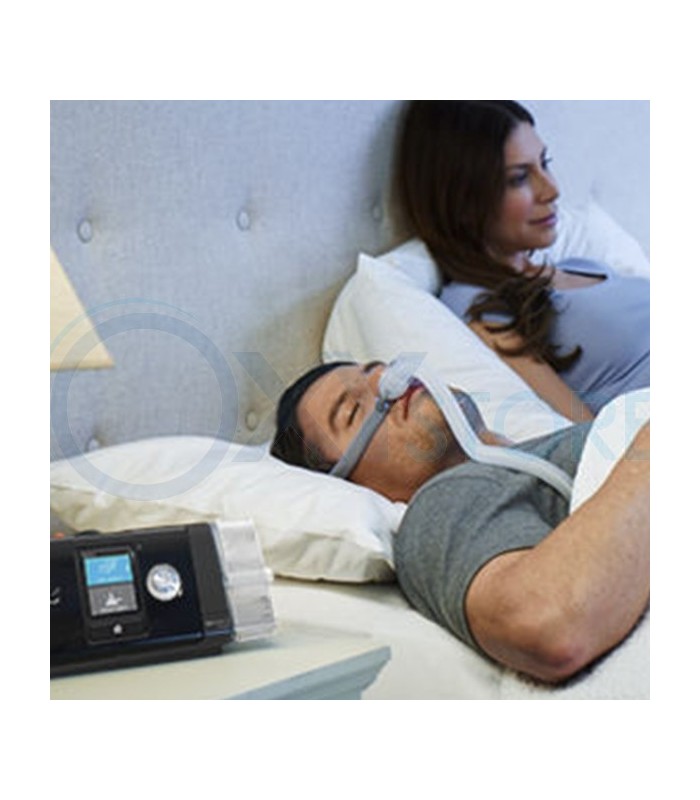
Now, as a technophile, I tend to believe in technology’s potential to, if not completely solve, then at least mitigate or improve such problems, so I’m now officially on the lookout for the most innovative anti-snoring tech out there, and it is safe to say that I’ll try pretty much anything short of life-threatening or illegal.
In particular, I’m looking forward to testing a hugely popular crowdfunded product which raised over $1.6 million on Indiegogo. QuietLife’s Silent Partner sits on your nose and promises to manipulate the sound waves emitted by the snorer to such an extent as to not make their partner want to murder them. As with all of those things, hearing (or not) would mean believing.
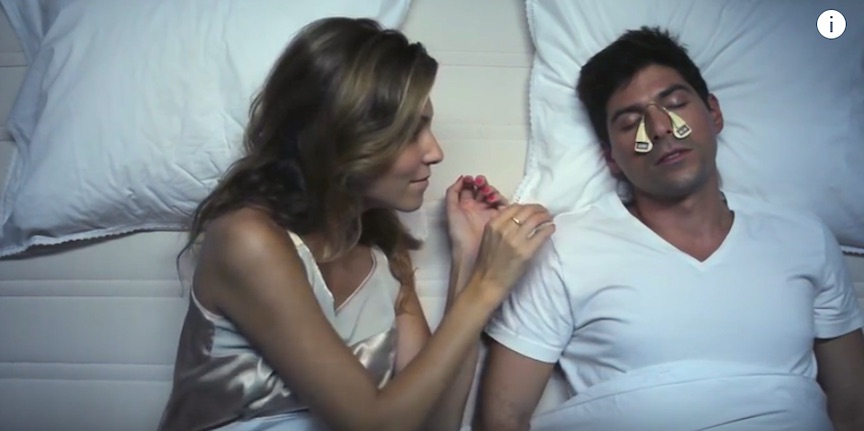
Similarly, in spite of my disappointing experience so far with high-tech earplugs, Knops – which also smashed its crowdfunding target on Kickstarter by a very comfortable margin – sells the idea of being a “volume button for your ears” which hints at something more active than merely trying to block out the noise by shoving random materials into your ear canal. Again, we shall see once a sample materializes.

In the meantime, I’d very much welcome comments and suggestions of other tech out there – from people making it and/or using it – that I should be looking at, and I’ll update this post later in the year, stay tuned!
Get the TNW newsletter
Get the most important tech news in your inbox each week.





